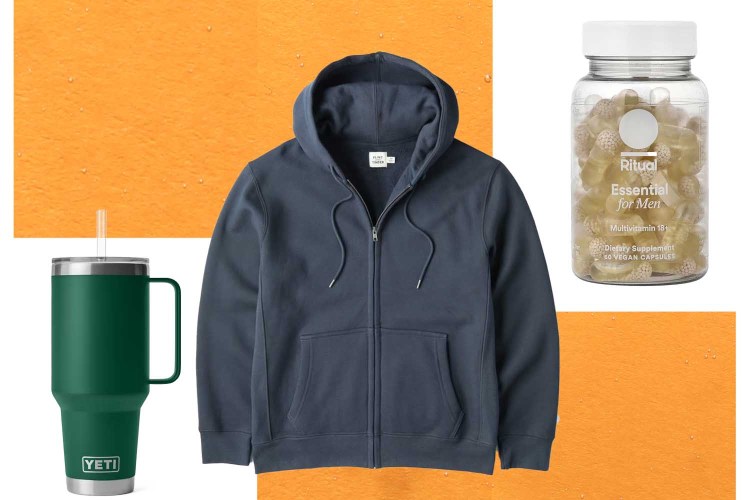Around 70 percent of the Earth’s surface is covered by oceans and 94 percent of life on Earth is aquatic. There are anywhere from 700,000 and one million species living in the world’s oceans, and that’s what we know from just exploring about 5 percent of them. We know a lot less about the ocean — and what’s in it — than we do about Mars or Venus. But very few places in the world rival the beauty and strangeness that you can see beneath the depths of the ocean. Check out some of the images below to see what life is like in a place humans rarely go.







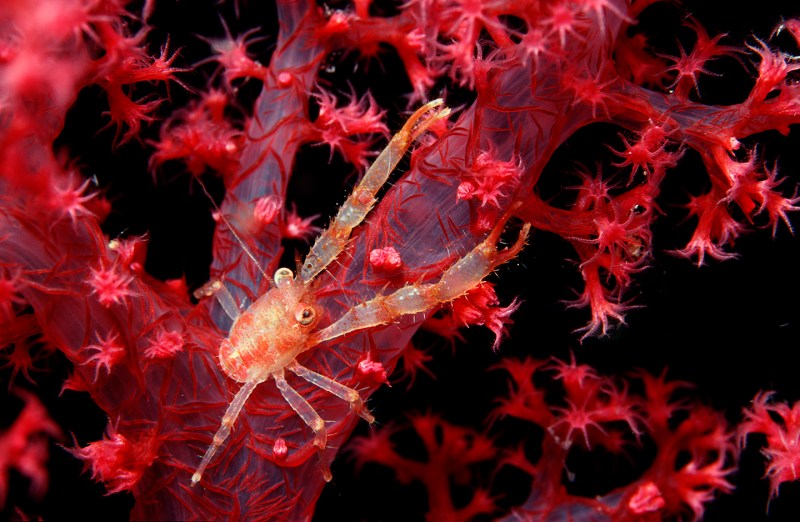
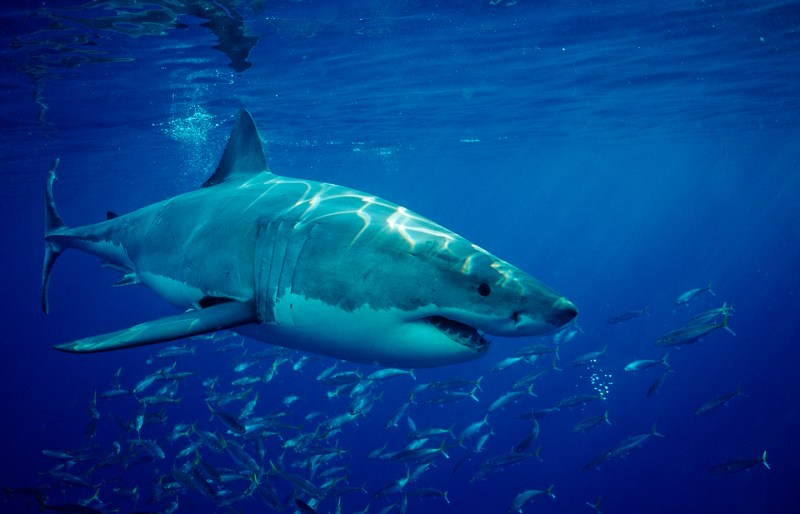
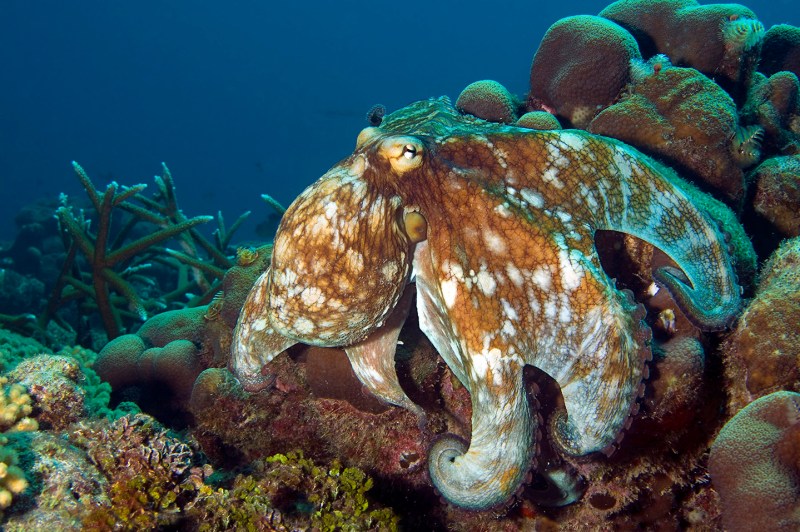
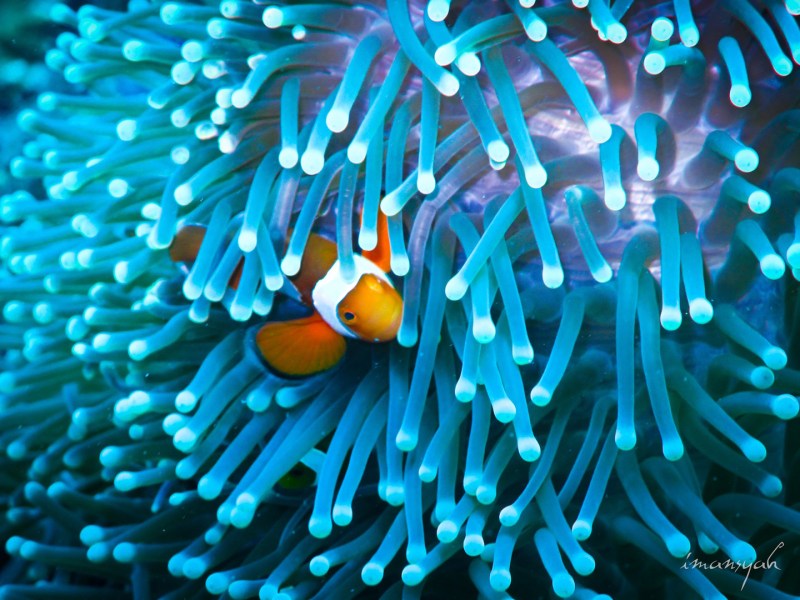

In an unusual sighting an unfortunate jellyfish was snapped up for dinner by two peckish green turtles. While searching for leopard sharks off the coast of Byron Bay, Australia wildlife photographer and videographer Craig Parry came across this odd feeding frenzy. Adult green turtles are a herbivorous marine turtle but juvenile green turtles will feed on invertebrates like crab, sponges and jellyfish if the opportunity arises. (Craig Parry / Barcroft Images / Barcroft Media via Getty Images)



This free diver has explored the depths of the ocean to get close to these majestic humpback whales. Japanese-born photographer Kohei Ueno travelled to the island of Vavau, one of more than 170 South Pacific islands which make up the Kingdom of Tonga, to dive with the soulful creatures. Each year humpback whales migrate from their feeding grounds near the north and south poles to their breeding grounds along the equator, creating a humpback hotspot in the South Pacific Ocean between July and September. And this year Kohei found himself in the middle of an epic heat run – where all the male whales try to out-swim one another to win the females favour. (Kohei Ueno / Bacroft Images / Barcroft Media via Getty Images)

This article appeared in an InsideHook newsletter. Sign up for free to get more on travel, wellness, style, drinking, and culture.















